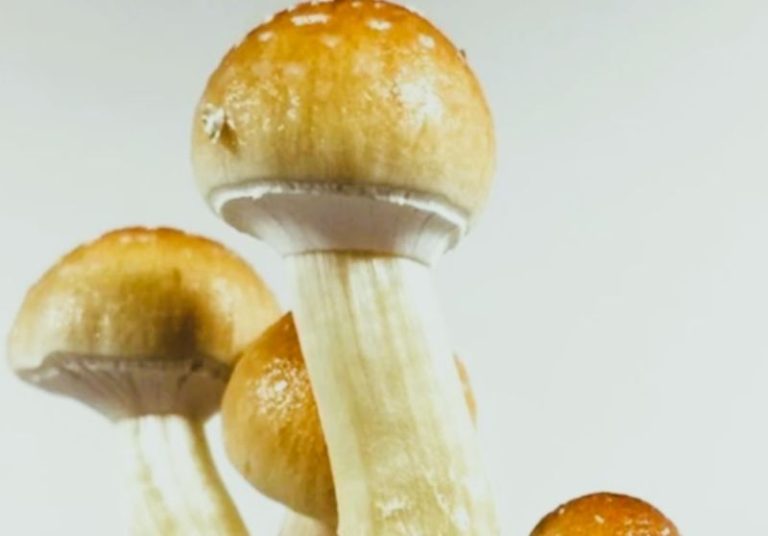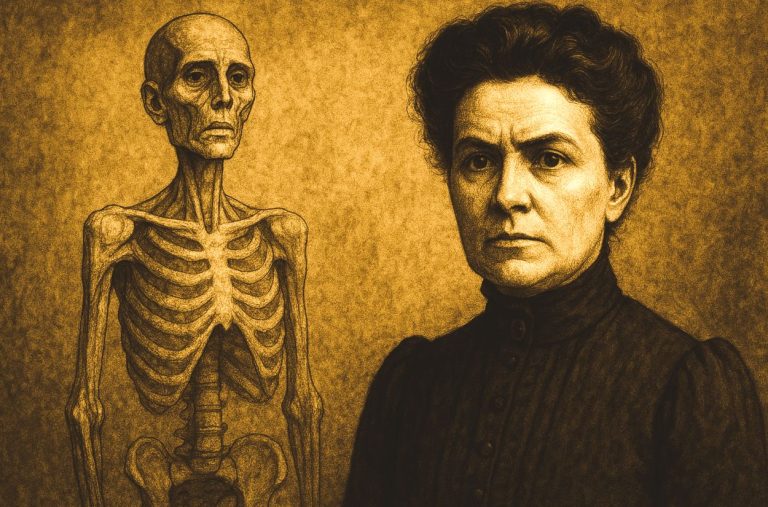

Today, cannabis is experiencing a renaissance, transitioning from its traditional medicinal role to a more mainstream form of consumption. The emergence of edibles, in particular, has revolutionized the way people interact with and experience the plant.
These discreet and precisely dosed products offer a modern twist on an ancient practice, catering to a growing demand for wellness-focused, innovative cannabis products.
Explore the latest innovations in edibles with Eden Goods and discover a new way to enjoy cannabis today!
Now let’s look at the evolution of cannabis from ancient medicine to modern edibles!
Cannabis in Ancient Civilizations
Cannabis has been around for more than several thousands of years, dating ‘back to’ Ancient China and India, where it was used for curative power. Has been employed as an analgesic, anti-inflammatory, and muscle relaxant, as well as in religious ceremonies. It gradually adopted different parts of Asia, including Egypt, Greece, and the Middle East, and became part of conventional medical practices for conditions, for example: dysmenorrhea and glaucoma, among others; thereby demonstrating its effectiveness in several historical civilizations.
Cannabis in Traditional Medicine
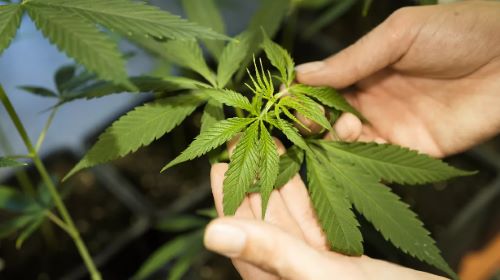
Cannabis, or weed, has widely been used in traditional medicine systems, including Ayurvedic and Chinese medicine, for many years.
• Ayurvedic medicine: They are commonly administered for the purpose of relieving pain, and anxiety and for correcting digestion problems.
• Chinese medicine: Recommended for management of pain and respiratory disorders.
Forms of Consumption:
• Smoking: Fast recovery through easy onset of action.
• Tinctures: Strong and multipurpose as it can be easily measured depending on the dose required.
• Topical applications: Creams and pastes for temporary relief of inflammation and pain in a specific area of the body.
Common Uses:
• Inflammation: Reduced swelling and pain.
• Anxiety and Stress: Promoted relaxation.
• Digestive issues: Helped to manage nausea, vomiting, and lack of appetite.
Cannabis’ conventional position inspired its contemporary purposes in medicine and relief.
Prohibition and Stigma in the 20th Century
At the beginning of the 20th century, panic and deceit resulted in the prohibition in the U.S. while marijuana had been used for centuries for medical purposes. The Cannabis Tax Act of 1937 put a halt to the use of cannabis and limited its more traditional uses.
Key impacts:
• Cannabis was prohibited by traditional healers forcibly.
• People stopped using medicinal knowledge of cannabis.
• The author argues that while harsh penalties were being imposed, their negative impacts fell on the vulnerable populations.
• People Dirka 2011 said that social prejudices against the consumption of cannabis discouraged the sanitation of any sensible conversion of the plant.
This period decreased a lot the acceptance and research that was being done on cannabis as a medical plant.
The Modern Cannabis Revolution
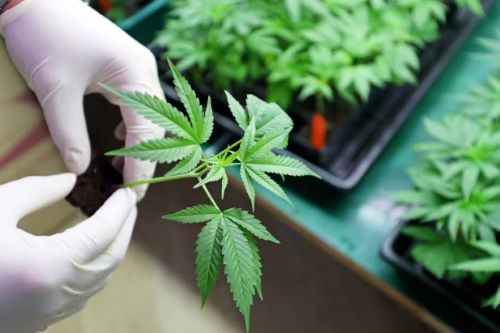
The current popular cannabis evolution has experienced a significant change and legalization of the cannabis substance. Prevalently vilified and even banned for decades, cannabis is now often hailed for its medical and health benefits. Some southern nations, such as Canada and California state have authorized the use of medical marijuana that help patients with chronic pain and epilepsy.
Apart from medicinal use, cannabis is being embraced for recreational use, with many countries and states pardoning or outright legalizing the use of cannabis by adults. These changes come as a result of scientific discovery, advocacy, and educated change, combating bureaucratic and old-school mindsets. It is part of the progressive cultural change and acceptance of cannabis as a health as well as recreational product.
Key points:
• They have been motivated by the increased legalization of medical cannabis all over the world.
• New uses such as pain, anxiety, epilepsy, and other neuropathic pain disorders are relieved by cannabinoids.
• That will increase the public acceptance of recreational use.
• Conceptions of cannabis as medicine and a part of policy rationalization.
Edibles: A Modern Twist on Cannabis Consumption
Cannabis edibles are now a familiar product in the market, providing an inconspicuous way to use cannabis as compared to the conventional methods. However, choose between smoking and edibles depending on your desired type of high; smoking is more substantial, harsher on the lungs, and has a smoky scent to it, while edibles last longer, have no smell, and are more discreet.
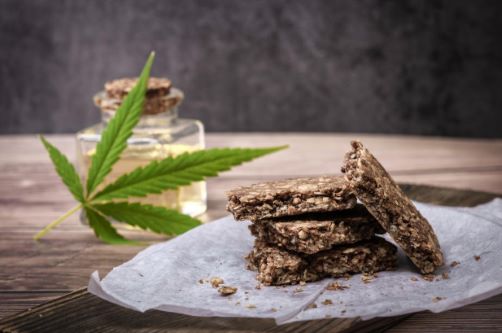
This is one of the main advantages of edibles because they offer clients the option of accurate dosage. While smoking manifests almost instantly and lasts only a short while, edibles work their way through the digestive system and hence have more prolonged impacts. This way, consumers get to manage the type of experience they want to have and possibly prevent themselves from overindulging.
These options include different flavors, which are preferred by people who take cookies to eat cannabis in a delicious and socially acceptable way.
Gummies
They are now a preferable option because they are entertaining and not conspicuous when commonly used. Flavored and available in different concentrations, gummies are identifiable as to dosage and can easily be put in a bag with other products.
Chocolates
They are prepared with marijuana gives people a chance to enjoy something that can be considered lavish. Much like traditional baked goods such as brownies, these sweets take from the pleasure of cannabis and the love of chocolate.
Infused Beverages
These could be in the form of cannabis teas or coffees and even soda which are perhaps one of the most refreshing ways to enjoy cannabis products. These drinks can be taken discreetly and have a steady and quantifiable effect over time.
The Role of Technology in Cannabis Innovation
This paper examines the role of Technology in the cannabis industry; Conversion Techniques; Dosing and Individualization of Medical Marijuana; and Edibles for Wellness.
• Advanced Extraction Methods: Processes such as supercritical CO2 and ethanol extraction pull out individual cannabinoids like THC and CBD, Cubed responsible for the triangulation of cannabis product quality.
• Precise Dosing: As technology advances, the potency of edibles can be correctly regulated to create legal and dependable products with certain ratios of cannabinoids.
• Customized Edibles for Wellness: Creation of edible products that have incorporated botanicals, vitamins and minerals based on health needs such as relief from pain, anxiety, or sleeplessness.
Conclusion
The modern cannabis revolution, fueled by legalization movements and a shift in public perception, has paved the way for innovative products and consumption methods, particularly edibles.
The future is bright for this ancient plant, and edibles will undoubtedly be at the forefront of this exciting journey.
